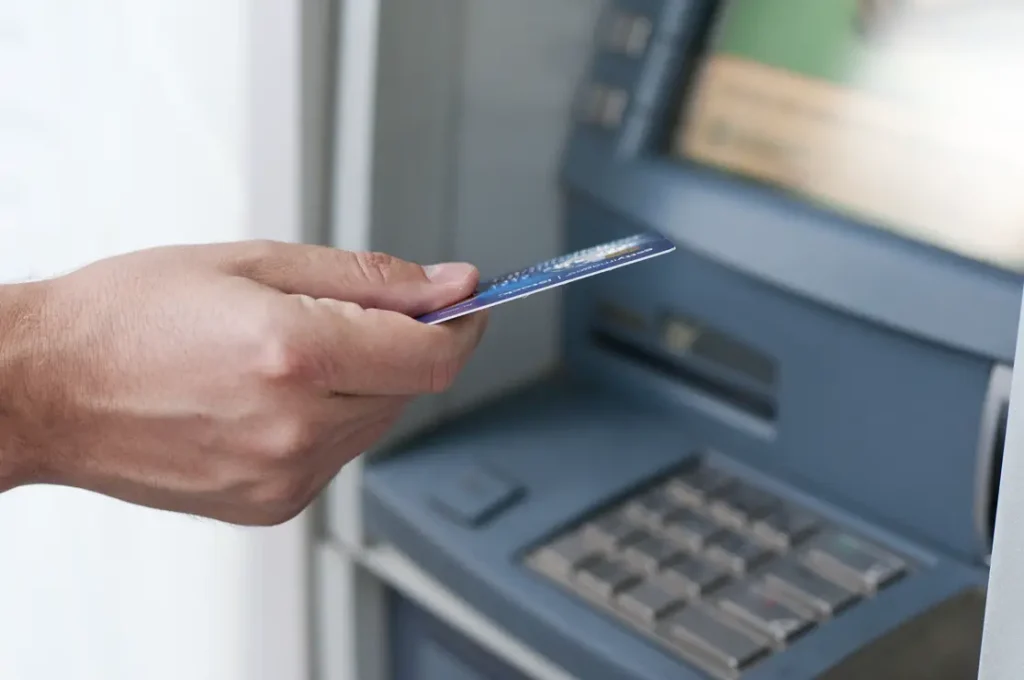Automated Teller Machines (ATMs) have become an integral part of our daily lives, providing convenient access to banking services round the clock. While many are familiar with the simplicity of withdrawing cash from ATMs, the process of depositing funds deserves equal attention. In this comprehensive guide, we delve into the intricate details of ATM machine deposit times, shedding light on the factors that influence transaction speed, atm processing times, and the technologies behind the scenes.
Understanding the Basics:
Before we explore the nuances of ATM machine deposit times, it’s essential to grasp the basic mechanics of the deposit process. ATMs enable users to deposit funds through various means, including cash, checks, and in some instances, even coins. The speed at which these transactions are processed depends on several factors, ranging from the type of deposit to the ATM’s technology and the policies of the specific banking institution.
Cash Deposits:
One of the most common transactions at ATMs involves depositing cash. Users can insert a stack of bills into the ATM’s designated cash slot, and the machine will count and verify the funds. The speed of this process is influenced by the ATM’s cash handling capabilities. Advanced ATMs equipped with state-of-the-art currency recognition systems can expedite the counting and validation process, resulting in quicker deposit times.
Check Deposits:
ATMs also facilitate check deposits, allowing users to insert checks into designated slots for processing. The speed of check deposits depends on the ATM’s ability to capture high-quality images of the check for validation. Modern ATMs utilize advanced imaging technology to capture clear images, enhancing the speed and accuracy of check processing. Additionally, some ATMs offer instant check verification, reducing the overall transaction time.
Mixed Deposits:
In some cases, users may opt to deposit a combination of cash and checks in a single transaction. The ability of an ATM to handle mixed deposits efficiently is a testament to its advanced capabilities. These machines must accurately process both cash and check components, ensuring that the user’s account is credited with the correct amount promptly.
Deposit Envelopes:
While the majority of modern ATMs accept cash and checks directly, some older models may still require users to deposit funds in envelopes. This traditional method involves placing cash or checks inside a provided envelope, which is then inserted into the ATM. The processing time for envelope deposits can be longer, as the machine must open the envelope, validate the contents, and credit the appropriate amount to the user’s account.
Real-Time Posting:
One of the key factors influencing ATM machine deposit times is the real-time posting capability of the banking system. Some financial institutions offer real-time posting, allowing deposited funds to be reflected in the user’s account immediately. This feature enhances the overall user experience, providing instant access to deposited funds. However, not all banks support real-time posting, and in such cases, there may be a delay before the deposited amount is reflected in the user’s account.
Cut-Off Times and Processing Windows:
Banks often establish cut-off times for ATM deposits to streamline the end-of-day reconciliation process. Deposits made after the cut-off time may be processed on the next business day. Understanding the cut-off times is crucial for users who require immediate access to their funds. Additionally, ATM processing windows, which vary among financial institutions, can impact the speed of deposit transactions. Some banks may have extended processing windows, allowing for more flexibility in deposit times.
ATM Technology:
The technological advancements in ATM machines play a significant role in determining deposit times. ATMs equipped with high-speed processors, advanced imaging systems, and efficient cash handling mechanisms can expedite the deposit process. Additionally, the integration of artificial intelligence and machine learning algorithms enhances the accuracy of validation processes, reducing the likelihood of errors and expediting transaction times.
Network Connectivity:
The speed of ATM transactions is also influence by the network connectivity between the ATM and the bank’s servers. A robust and high-speed network ensures seamless communication, allowing for swift data transmission and processing. Poor network connectivity can lead to delays in transaction processing, affecting both deposit and withdrawal transactions. Banking institutions invest heavily in maintaining reliable network infrastructure to provide users with a smooth and efficient ATM experience.
Security Measures:
The implementation of security measures, such as anti-fraud checks and identity verification processes, can add an additional layer of complexity to ATM transactions. While these measures are essential for safeguarding user accounts, they may contribute to a slightly longer processing time. Advanced security features, such as biometric authentication and two-factor verification, enhance the overall security of ATM transactions but may marginally impact deposit times.
User Experience and Interface Design:
The user experience and interface design of ATMs also play a role in influencing deposit times. Intuitive and user-friendly interfaces guide users through the deposit process efficiently, reducing the likelihood of errors or delays. Additionally, clear instructions on the screen prompt users to follow the necessary steps, contributing to a smoother and faster transaction.
Conclusion:
ATM machine deposit times are influenced by a myriad of factors, ranging from the type of deposit to the technological capabilities of the ATM and the policies of the banking institution. As technology continues to evolve, we can expect further improvements in the efficiency of ATM transactions, ultimately providing users with quicker access to deposited funds. Understanding the intricacies of ATM machine deposit times empowers users to make informed decisions and enhances their overall banking experience in the digital age.
You may also like
-
How Does Plywood HSN Code Decide the GST Rate for Traders and Manufacturers?
-
POS Terminal Type: Which Is Best for Your Business?
-
How to Choose Fixed and Portable Gas Monitors for Industrial Gas Detection?
-
Simplifying Trademark Registration in Hong Kong: What Businesses Need to Know
-
EPR Registration and Annual Returns Explained: Compliance Made Simple for Businesses

